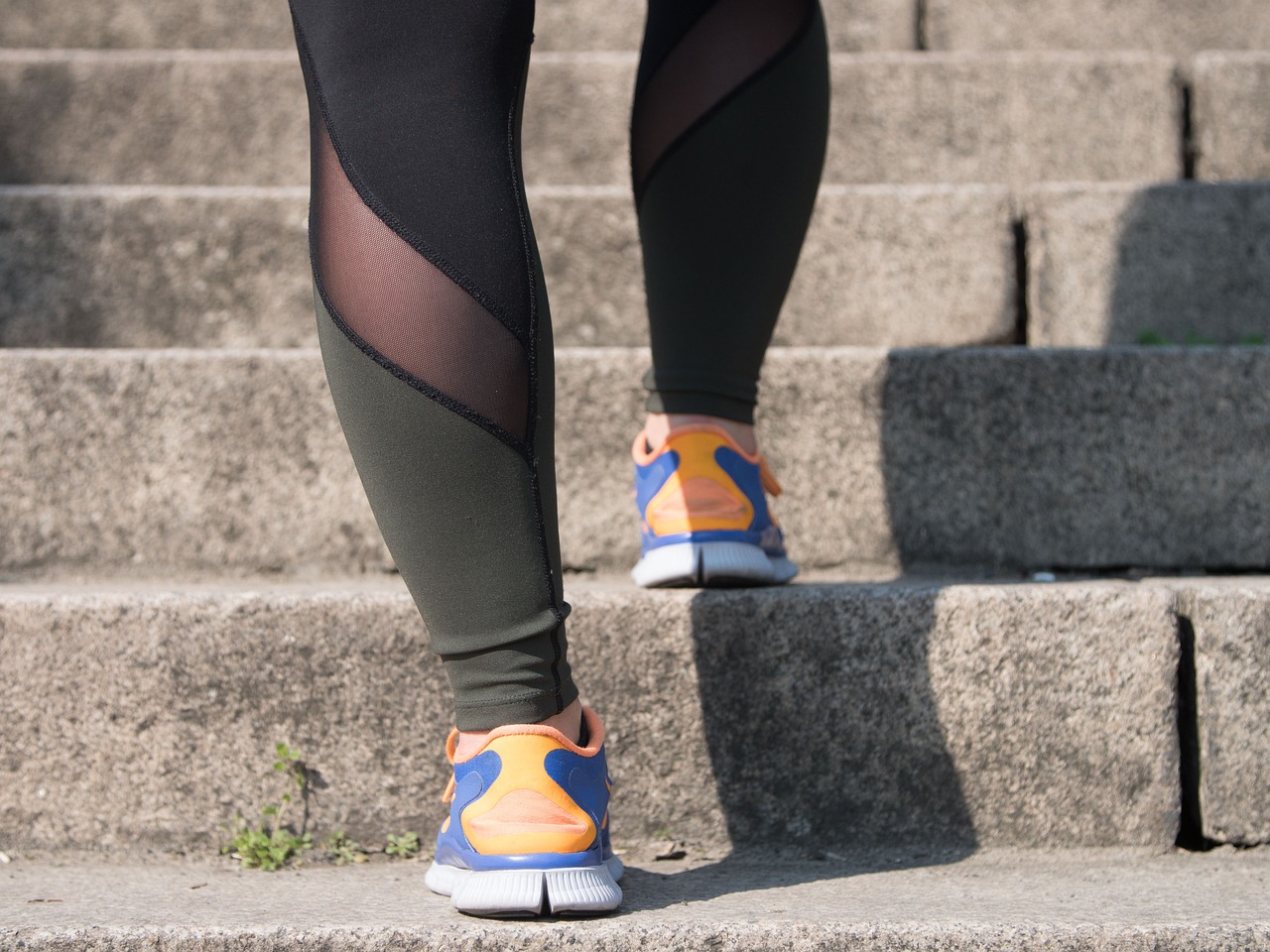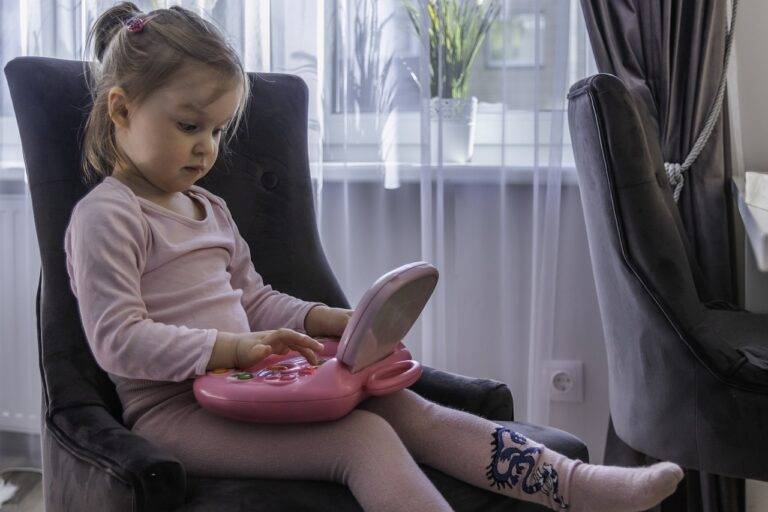The Art of Sustainable Packaging Design: Balancing Aesthetics and Eco-Friendliness
Sustainable packaging design is a critical aspect of reducing environmental impact in the packaging industry. By utilizing materials that are easily recyclable or biodegradable, designers can minimize the amount of waste that ends up in landfills. Additionally, incorporating more sustainable practices in the production process, such as reducing energy consumption and utilizing renewable resources, can further enhance the eco-friendliness of packaging solutions.
Furthermore, sustainable packaging design involves considering the entire life cycle of a product, from production to disposal. This holistic approach helps designers identify opportunities to optimize packaging to minimize transportation emissions, reduce overall material usage, and ensure that the end-of-life management of the packaging aligns with sustainable practices. By taking these factors into account, designers can create packaging solutions that not only protect the product but also contribute to a more sustainable future.
The Importance of Eco-Friendly Materials in Packaging Design
Eco-friendly materials play a crucial role in packaging design, significantly impacting the environment and consumer perceptions. By opting for sustainable options such as recycled paper, biodegradable plastics, or compostable materials, brands can minimize their carbon footprint and contribute to reducing plastic waste. This shift towards eco-conscious packaging not only aligns with growing consumer expectations for environmentally friendly products but also demonstrates a commitment to corporate social responsibility.
Choosing eco-friendly materials in packaging design also offers long-term benefits beyond environmental considerations. Brands that prioritize sustainable packaging can enhance their brand image, attracting eco-conscious consumers who value companies that prioritize sustainability. Moreover, utilizing eco-friendly materials can foster innovation and creativity in packaging design, as designers are challenged to find solutions that are both visually appealing and environmentally responsible.
Innovative Approaches to Balancing Aesthetics and Sustainability
When it comes to balancing aesthetics and sustainability in packaging design, one innovative approach is incorporating minimalist and modern designs. By utilizing clean lines, simple color palettes, and sleek branding elements, packaging can exude a sense of elegance and sophistication while minimizing excess material use. This not only enhances the visual appeal of the product but also reduces the environmental impact by focusing on essential design elements.
Another approach is integrating interactive and engaging features into packaging design to create a memorable and sustainable experience for consumers. Utilizing interactive technologies such as augmented reality, QR codes, or reusable components can not only enhance the aesthetic appeal of the packaging but also provide educational information or entertainment value to the customers. By incorporating these elements thoughtfully, designers can effectively communicate brand values and sustainability efforts while capturing the attention of eco-conscious consumers.





